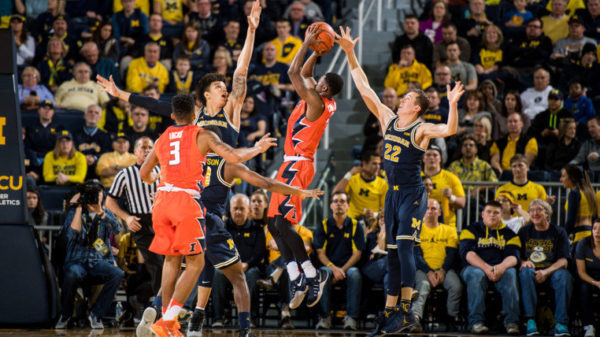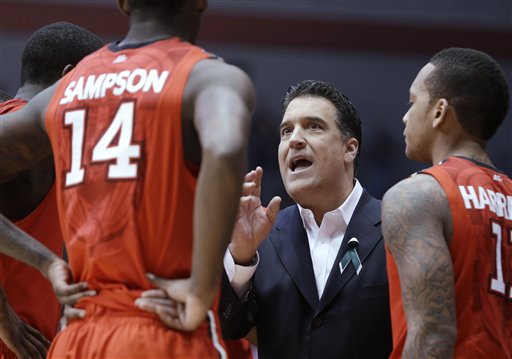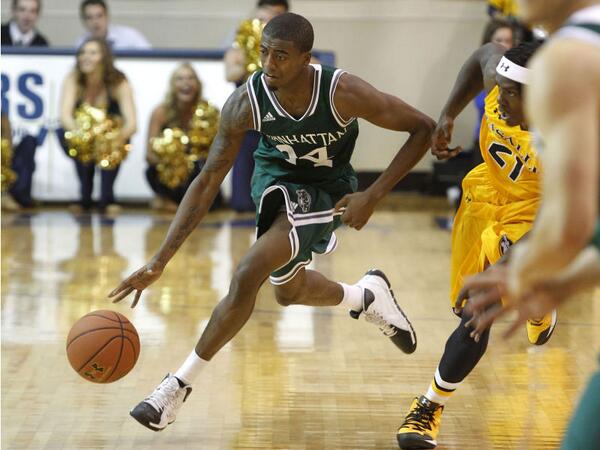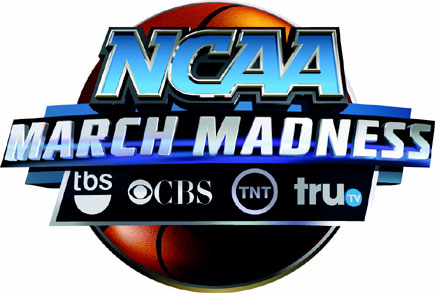Pac-12’s Week 2 Cannibal Routine May Prove Costly
Posted by RJ Abeytia on January 11th, 2018The Pac-12’s Cannibalization hit full swing this week as once again the road proved significantly difficult for even the best teams in the conference. The first week of Pac-12 play saw six of the 10 games finish with margins of 10 points or more. In the second week, only four of 10 games ended with such margins, and two of those included California, which is really only an approximation of a Pac-12 team on most nights this year. Arizona State and Arizona, the conference’s clear upper tier at this point, dropped from sixth and 19th in the RPI, respectively, to 14th and 24th. They weren’t the biggest losers this past week, however, as Utah, in getting swept by those two schools in Salt Lake City, went from 35th to 63rd. That’s going from fringe NCAA Tournament status to deep in the heart of NIT City.
One of the more problematic teams over the course of the Pac-12 season could be Stanford. The Cardinal enjoyed a miraculous home sweep of the Bruins and Trojans last weekend, and vaulted from 214th to 154th in the RPI as a result. The Bruins and Trojans correspondingly dropped from 40 and 44th to 46th and 56th, respectively, after their Maples heartbreaks. The Stanford problem is that with the Cardinal now playing with its healthiest possible roster (Kezie Okpala and Dorian Pickens have returned while Marcus Sheffield will take a medical redshirt), they are a much tougher team. But because their cumulative performance to date (8-8 overall, the aforementioned +200 RPI) has been so underwhelming, beating Stanford isn’t going to do much for teams’ resumes. Conversely, losses — even if they’re more understandable now — are still going to sting.


















































